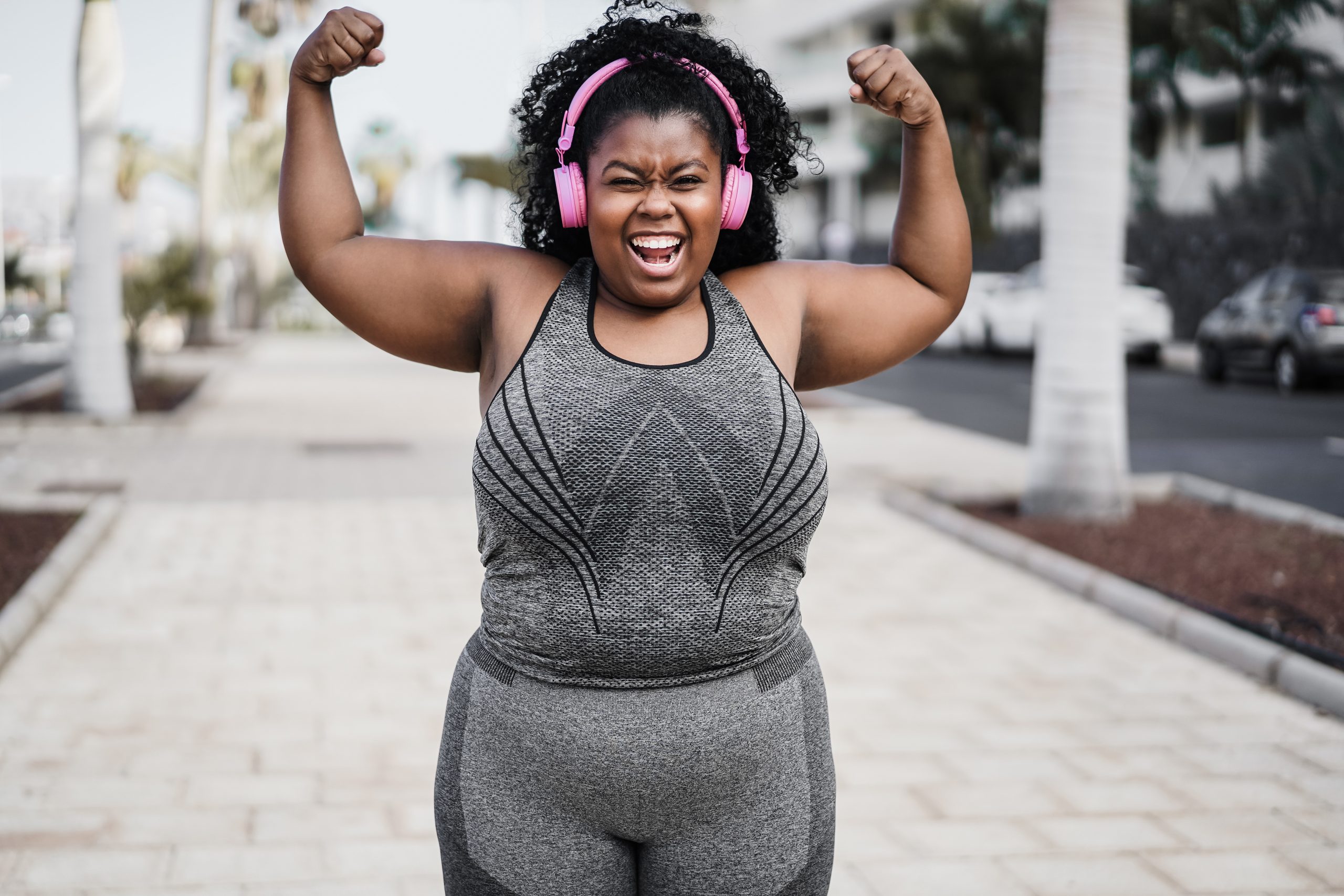Exploring Why Music Makes Us Move More

It is Mental Health Awareness week 13-19th May 2024 and the theme this year is ‘Moving more for our mental health’. We hear all the time about the strong link between exercise and mental wellbeing and this month in our blog I wanted to think about how we can encourage ourselves to move more in 2024. Movement is only one part of a tool kit that we can focus on to support our mental wellbeing alongside good sleep hygiene, eating a balanced diet, having a purpose, enjoying a hobby and being part of a community. You can read more about other aspects of managing our mental health here.
Music can be a powerful tool to help us exercise and move more. You only have to think of listening to music when you go for a run or do a gym class to know that we link music to movement both for motivation and relaxation such as Pilates or Yoga.
Why using music helps to motivate us.
When we listen to music we like (or love) we produce Dopamine or Serotonin, often called the happy hormones, which makes us feel better, be more productive and can help us to concentrate on the task at hand. We are naturally drawn to respond to the beat in music and move, we can exploit this natural reaction to get us moving when we are tired.
Upbeat dance music can help raise your perceived energy levels or help you find the right mood for a workout, prompting the production of adrenalin. This can give your body a rhythm to move to, increase focus or distract us temporarily from pain or discomfort from the intensity of the exercise.
I teach spinning classes and music plays a very important role in these classes. When I’m going to ask the class to climb a heavy steep hill, I’ll pick songs with a slower powerful beat like ‘Ready or Not’ by the Fugees, something a bit more rock like ‘Here I Go Again’ by Whitesnake or ‘In the Air’ by Phil Collins. Speed intervals would be more drum and base, like Sub Focus, Wilkinson or something more dance-based like Faithless. We use the beat and rhythm to work to and to encourage us to keep going when the going gets tough.
Of course, choosing quieter classical music will encourage us to switch off and relax after a busy day at home or work.
Putting together an exercise playlist.
This can take some time, but it is a worthwhile investment and I find it fun. To help you get started, here are some things you might like to consider:
- Selecting upbeat songs with a motivating tempo (120-140 beats per minute BPM).
- Including your favourite songs that induce positive feelings.
- Mixing genres to keep things interesting.
- Make workout-specific playlists eg: ones for running to and ones for relaxing to.
If you don’t have the time or the inclination to create your own playlist, most of the music streaming services, Apple, Spotify and Amazon have pre-made exercise playlists but you might not love every song.
What music works best with which workout?
The impact of music on your workout is highly subjective but regardless of what we choose, it can influence our performance, mood, and overall enjoyment. By choosing music that matches the demands and goals of each workout type, we can optimise the likelihood of enjoying our movement.
You will have your views on this but for me these work well:-
- For cardio workouts like walking, running, Spinning or cycling (to increase the heart rate), I like dance music with minimal vocals, because otherwise I want to sing along, and it disrupts my breathing.
- For strength training, I like to listen to music with strong, powerful lyrics, something that I could sing along to so that I am distracted from the hard bits, rock, hip-hop or other pop music works well for me.
- For Pilates and other mind-body movements, some classical, chilled house or other slow electronic music works well. What we want is music that can help to guide breathwork and movement so slow-paced tracks with a steady tempo can encourage deep breaking and smooth transitions between poses.
You can also play about with the volume the music is played at but be mindful to keep it safe and to be beware of your surroundings.
What playlists do you use? I’d love to know how and when you’ve used music to help you with a tougher workout and of course, if you would like get your personal training started, get in touch.
